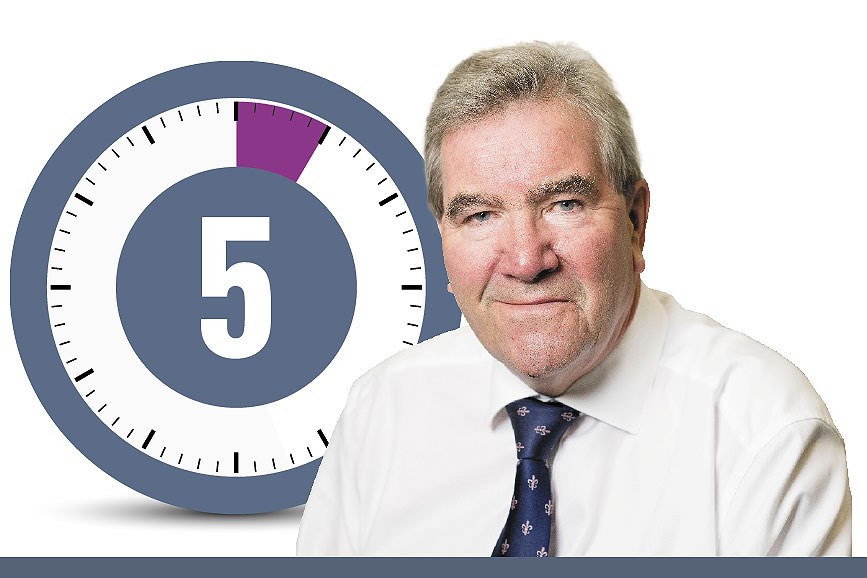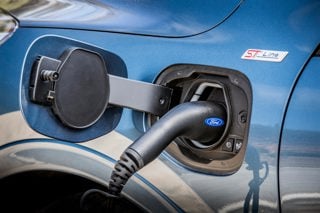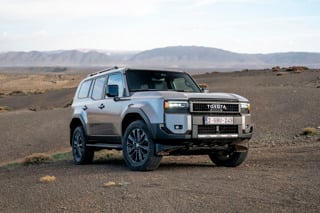How is the landscape developing for charge points?
If you look back five years, about 80% of the charging network was slow-charging, effectively 3kW, not much faster than standard charging and much of that was three-pin-plug charging. Now, about 70% is fast-charging, at least 7kW.
Rapid chargers make up 10-15% of the charging network, but for the next five to 10 years we don’t think they will make up more than 20%. It’s a misconception to think rapid chargers are needed
everywhere – you will need rapid chargers in certain places to enable certain journeys. I think we are going to see urban charging hubs, with six to 10 rapid chargers in one location – a bit like a petrol station, but for EVs.
How will EV adoption develop?
There is a perception that the EV sector will move gradually over the next five years. It is really going to move very quickly. There will be very high levels of adoption and the curve will continue to increase for the next two decades. There are 120,000 EVs on the road and by 2022 there will be about a million. The public charging network will go from about 14,000 points to about 100,000.
How practical is it for everyone, including those with no off-street parking, to have EVs?
There are people who use our network who don’t charge at home, drive 10,000-15,000 miles a year and charge from the existing infrastructure. This idea that you need home charging is not true.
Is the EV Experience centre in Milton Keynes vital for wider adoption?
The key to EV adoption is to get people to try them. The centre is all about trying the cars out. It’s not a revenue generator, no one is making any money out of the EV Experience Centre and we can’t sell a car, but we do have a hot lead mechanism, so we can follow someone from a test drive on their retail journey. From a retail perspective, we are warming up the customer, they will know about EVs before they walk into the dealership.
What role do you envisage dealers playing as EV ownership grows?
Dealers will be critical in creating awareness and persuading people to make the switch. Dealers are conscious they are also selling diesel and petrol cars, so need to play a balanced game.
Dealers need to be plugged in with what’s happening in the EV sector. If people ring up to test drive, make sure you have all the facilities, make sure you have charging points. We have seen some cases where customers have picked up a new EV from a dealer with nine miles of range on them – that’s unthinkable. Make sure when you go on a test drive you show them how to use a public charging point.
What do you say to dealers who are fearful of losing aftersales revenue?
The manufacturers will take care of the long-term EV business model. There are legitimate questions, but they are being worked through by manufacturers and dealers within the scope of personal mobility as a whole.
EVs still need servicing, MOTs, tyres and have moving parts.
How do you see the used EV market developing?
Clearly it is going to grow, we just need to get a bit more consistency around the offer. For example, in the new market, battery leasing works quite seamlessly, but I think there are challenges around battery leasing in the used market that need to be addressed.
What do dealers and manufacturers need to do to encourage EV ownership?
You need to recognise that people are adapting and you need to guide them through that. We think it is important for manufacturers to include the charging cables in the cost of the car. They shouldn’t be sold as an optional extra because they are a critical part of using the car. We would advise all manufacturers to include them in the cost of the car and if manufacturers aren’t doing that, dealers should take the initiative. It’s really important we make the process as seamless as possible.


















Login to comment
Comments
No comments have been made yet.